Global Leaders Share Insights on Broadband Success, Open Access
Fiber deployment emerges as a common thread despite vastly different market conditions.
Broadband Breakfast
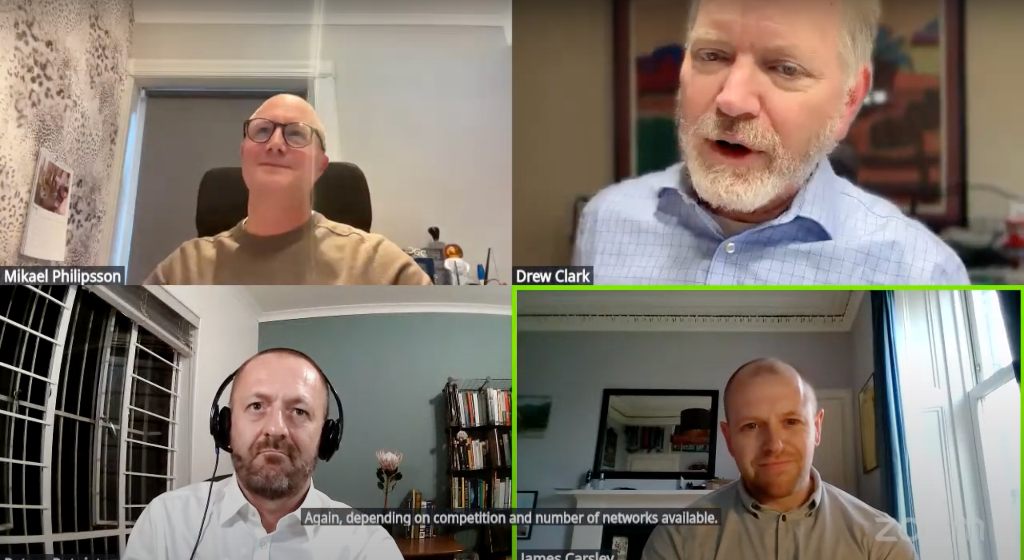
WASHINGTON, March 29, 2025 - Broadband experts from the United Kingdom, South Africa, and Sweden speaking on Broadband Breakfast Live Online on Wednesday underscored both the dramatic progress and persistent challenges in closing digital divides globally, with fiber deployment emerging as a common thread despite vastly different market conditions.
"In 2017, the UK was at 3% fiber-to-the-premise and today, we’re at around 77-78%," said James Carsley, senior consultant at Farrpoint, who supports the UK government's $6.2 billion Project Gigabit initiative.
This progress came after what Carsley described as a "gold rush" that began in 2017 when UK regulators made it "much cheaper and easier for alternative providers to get access to poles and ducts."
 Broadband BreakfastBroadband Breakfast
Broadband BreakfastBroadband Breakfast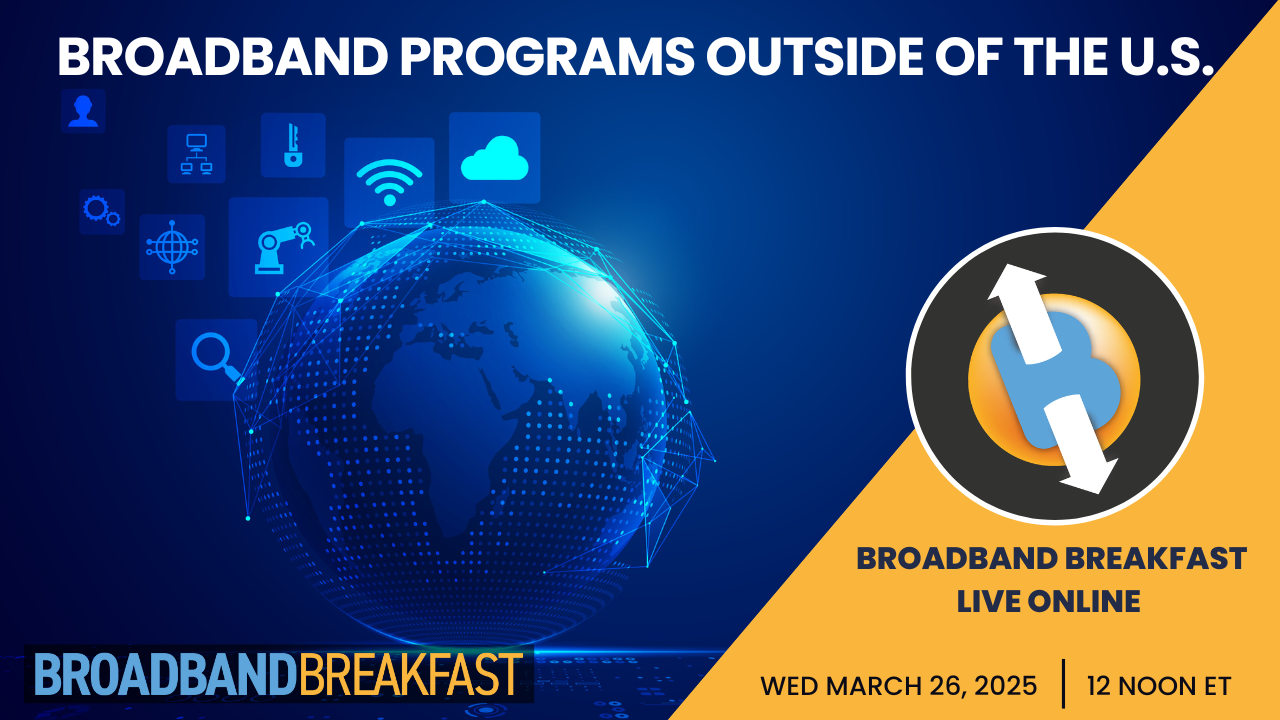
The UK has employed gap funding models where providers "outline the cost to deliver" and "only get paid for what you spend on the network," Carsley explained, adding that "if you get higher revenue, higher take-up, then money flows back to the government."
In Sweden, progress has been even more dramatic. Mikael Philipsson, CEO of COS Systems, noted that Sweden has achieved "around 98% coverage of fiber today" with 71% of homes actively using fiber connections. He attributed this success to a clear national strategy dating back to the early 2000s.
"It was a very clear strategy from a long time ago, like the beginning of 2000, that everyone needs fiber," Philipsson said. "That was communicated by the government, and there was no debate on that. It's just a matter of how to get there."
South Africa presents a markedly different story, with connectivity largely driven by market forces rather than government subsidies. Petrus Potgieter, a professor in decision sciences at the University of South Africa, estimated that "about 50% of households have access to fiber," though he suggested that figure "might be a little bit exaggerated."
"In South Africa, the digital divide is enormous," Potgieter said. "It's to some extent more of a money divide than anything else."
Open access models drive connectivity
All three experts highlighted the importance of open access models, where infrastructure owners allow multiple service providers to use their networks, though implemented differently across countries.
In Sweden, open access emerged naturally as non-traditional players entered the market. "It doesn't make sense to build 15 networks in parallel," Philipsson said. "Either a big consolidation or someone takes the infrastructure and enables all the others."
South Africa's open access model developed more organically. "In the market, most of the fiber operators have an open access regime, so there's a kind of gentlemanly agreement amongst the fiber operators," Potgieter explained, noting that only two major operators actually have formal open access obligations.
For the UK, Carsley was unequivocal: Open access was "the thing that drove the fiber boom." When the regulator made access "cheaper, much easier" to British Telecom's infrastructure in 2017, it "forced the incumbent to start to upgrade" and sparked massive investment from alternative networks.
Mobile solutions also bridge gaps
While fiber dominated the discussion, mobile broadband emerged as a critical bridge technology, particularly in South Africa where "in practice, it's accepted that mobile provides universal service in the country," according to Potgieter.
South Africa has achieved "something like 99% 4G coverage," Potgieter said, noting mobile solutions are particularly important for lower-income households through prepaid models that don't require long-term commitments.
"One of the big problems with low-income households is not just that the income is low, but the income is also very erratic, and prepaid is just great," Potgieter explained. "On the mobile network, you can purchase unlimited mobile broadband for one hour. It's very cheap, something like 25 US cents."
The fiber-rich Sweden also employs wireless technologies for redundancy and for the hardest-to-reach areas. "It will always be complementary technologies to create more robustness, but also to cover areas with higher speed than just 4G or 5G in some areas," Philipsson said.
Pricing and affordability
When asked about typical pricing, the disparity between countries was evident. In the UK, Carsley said gigabit service costs between "$35 and $60 US dollars," averaging around $50. In Sweden, pricing can range from $10 for dense multi-dwelling units up to $50-70 for places with higher buildout cost.
South Africa's gigabit service runs higher at "around 2,000 Rand, so about $100," according to Potgieter, who noted that's "really the top end of the market and it's mainly for bragging rights."
Unlike the United States with its Affordable Connectivity Program, Sweden has no household subsidy program for internet access. When asked why, Philipsson suggested prices are already relatively affordable and "people prioritize broadband higher than other things."
Lessons for the U.S.
As the U.S. reconsiders its broadband funding approaches amid the BEAD program rollout and Supreme Court scrutiny of the Universal Service Fund, the panelists offered closing advice.
Philipsson emphasized that "fiber is a long-term play" requiring infrastructure sharing among providers, while Potgieter suggested improving mobile coverage, noting that when traveling in the U.S., "the mobile coverage is surprisingly spotty if you are just out of the cities."
Carsley urged pragmatism and speed: "Get started in areas you can because it's going to be a long journey and even longer if you don't start soon."
Watch Full Video:
 Broadband BreakfastBroadband Breakfast
Broadband BreakfastBroadband Breakfast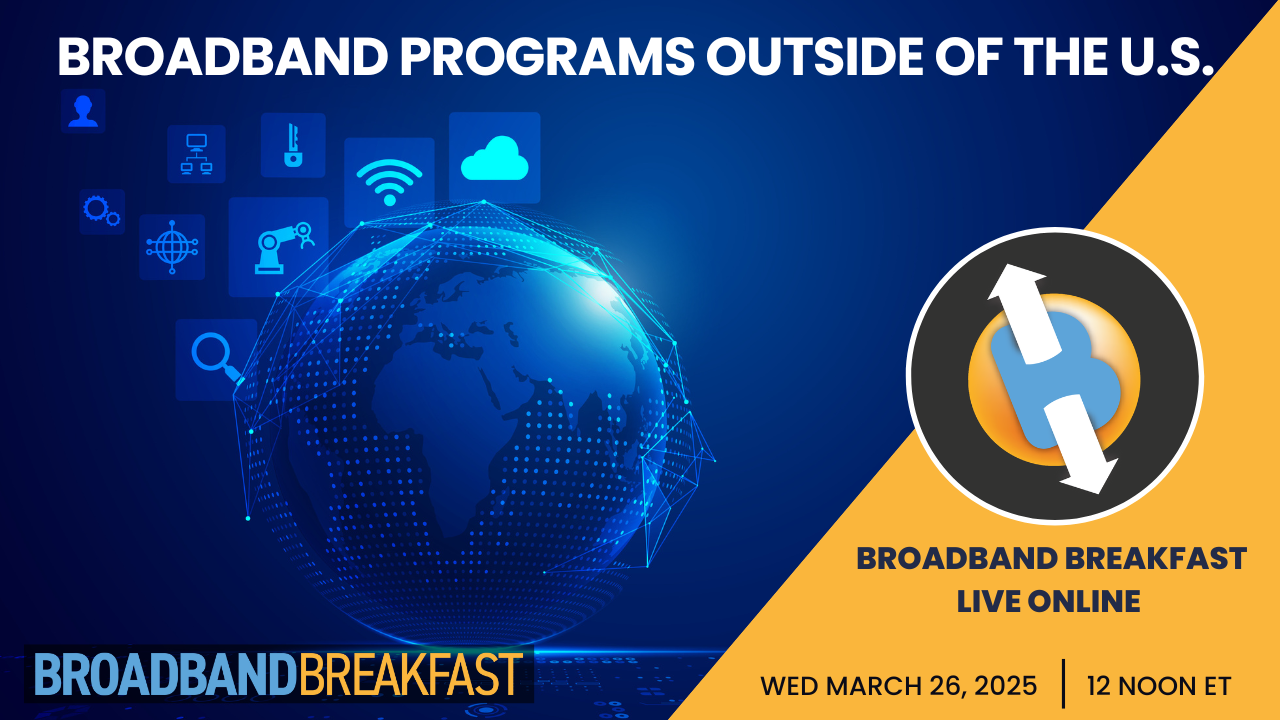


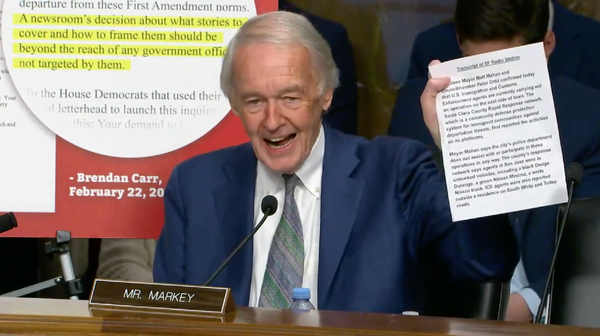
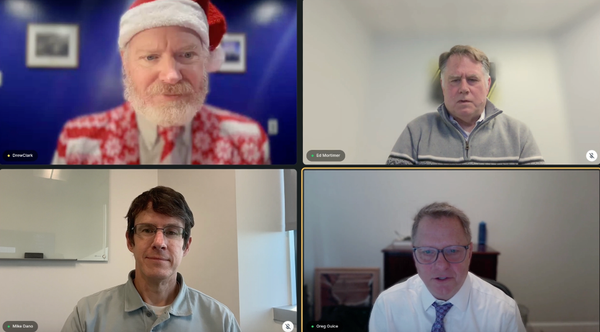
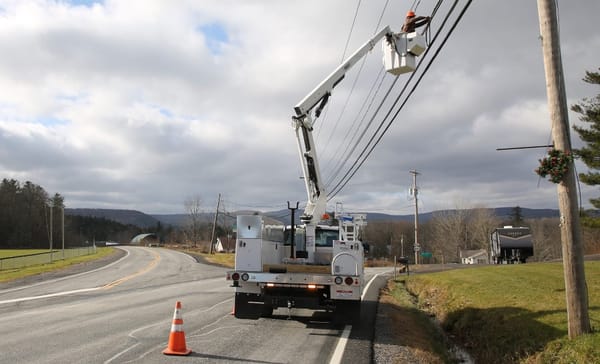
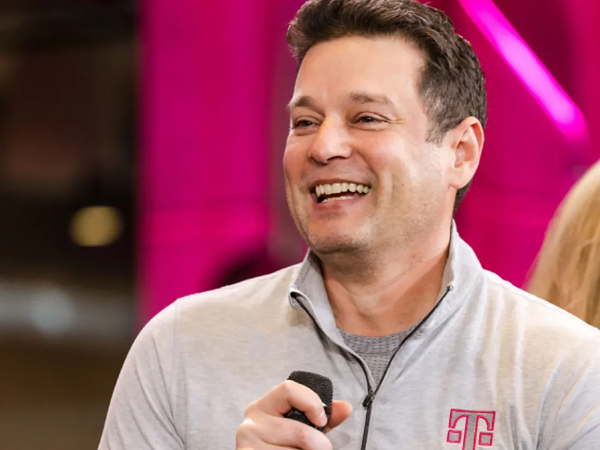
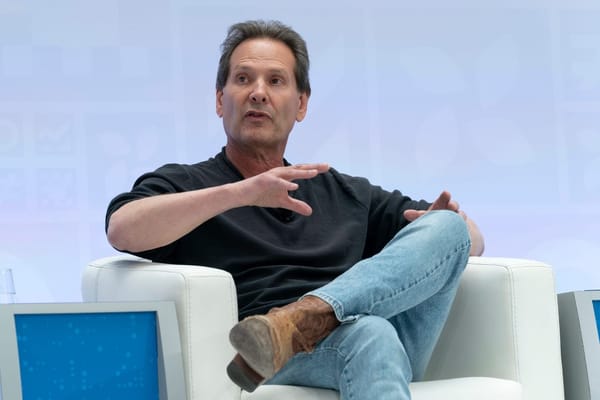
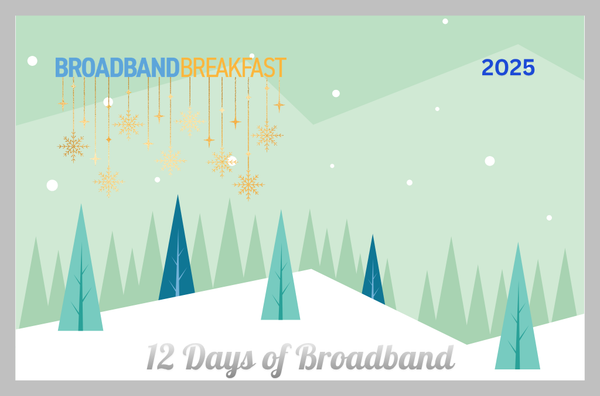
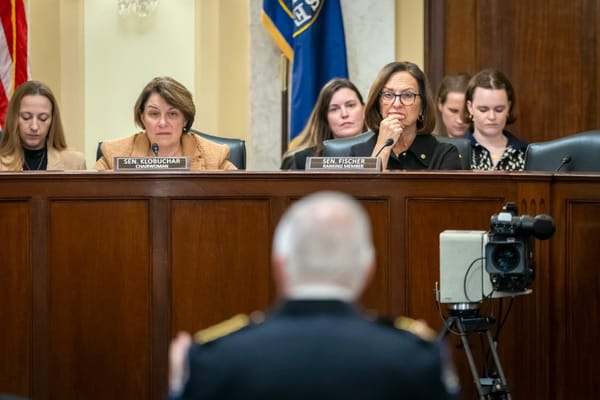
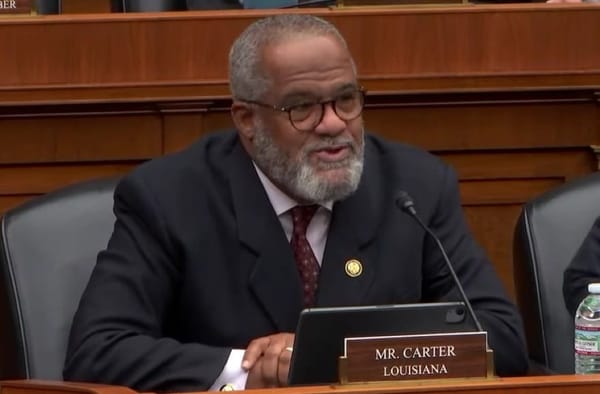
Member discussion